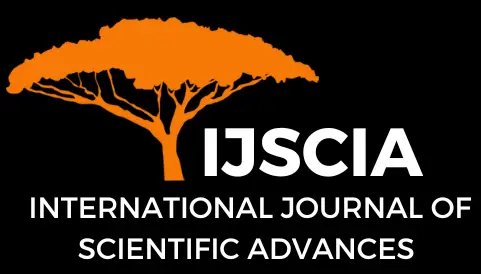Can One Transmit Energy Faster Than Light
Anthony Maccini
Abstract
Considerations on the mechanism of why EM fields in the near-field of an antenna, and particles tunnelling through a potential barrier are both superluminal, that if this could be understood, then there may be the possibility of sending energy faster than light. Possible explanations of this mechanism are considered, the nature of tunnelling and EM fields in general and considered explaining such behaviour through Emmy Noether’s theorem (1918) and the principle of least action, and applying this to the principle of work and energy, with considerations of Wheeler – Feynman Absorber theory of advanced waves echoing back to the source, as an explanation of the principle of least action, then speculating that this can be applied to superluminal effects in tunnelling and EM fields in the near-field. That the solutions of Maxwell’s equations for advanced and retarded potentials shows a symmetry to time, reflecting the fact that there must be two-time flows, one into the past and the other, into the future. From this it is considered that the reducing of the refractive index of the vacuum, ZPF field is what causes light to be faster than light, giving an explanation of the mechanism of tunnelling and EM fields in the near-field being superluminal, and considering the engineering of the vacuum, to send energy faster than light.
Keywords
advanced waves; retarded waves; near-field; tunneling; refractive index
Cite This Article
Maccini, A. (2022). Can One Transmit Energy Faster Than Light. International Journal of Scientific Advances (IJSCIA), Volume 3| Issue 6: Nov-Dec 2022, Pages 824-829, URL: https://www.ijscia.com/wp-content/uploads/2022/11/Volume3-Issue6-Nov-Dec-No.358-824-829.pdf
Volume 3 | Issue 6: Nov-Dec 2022


